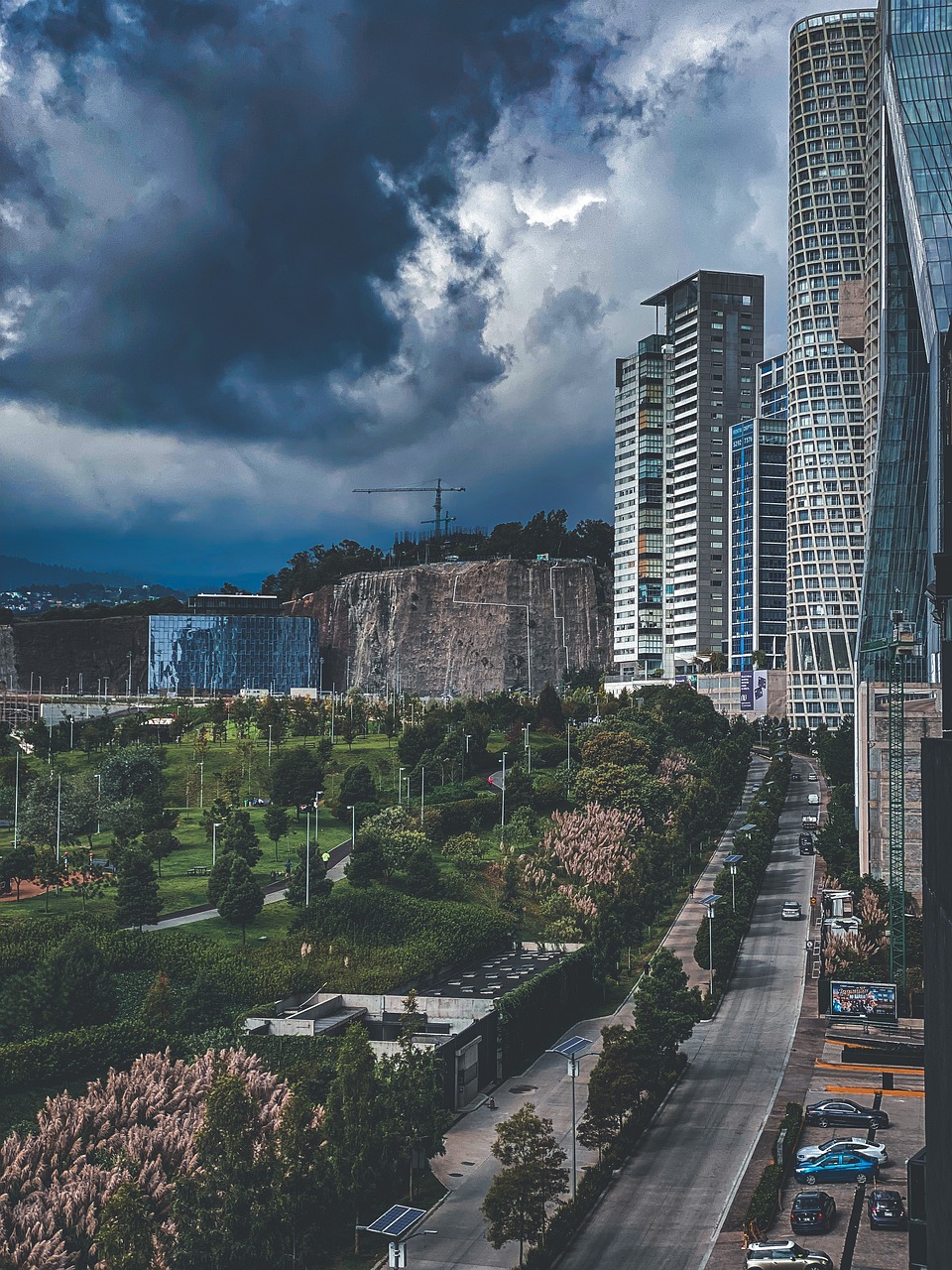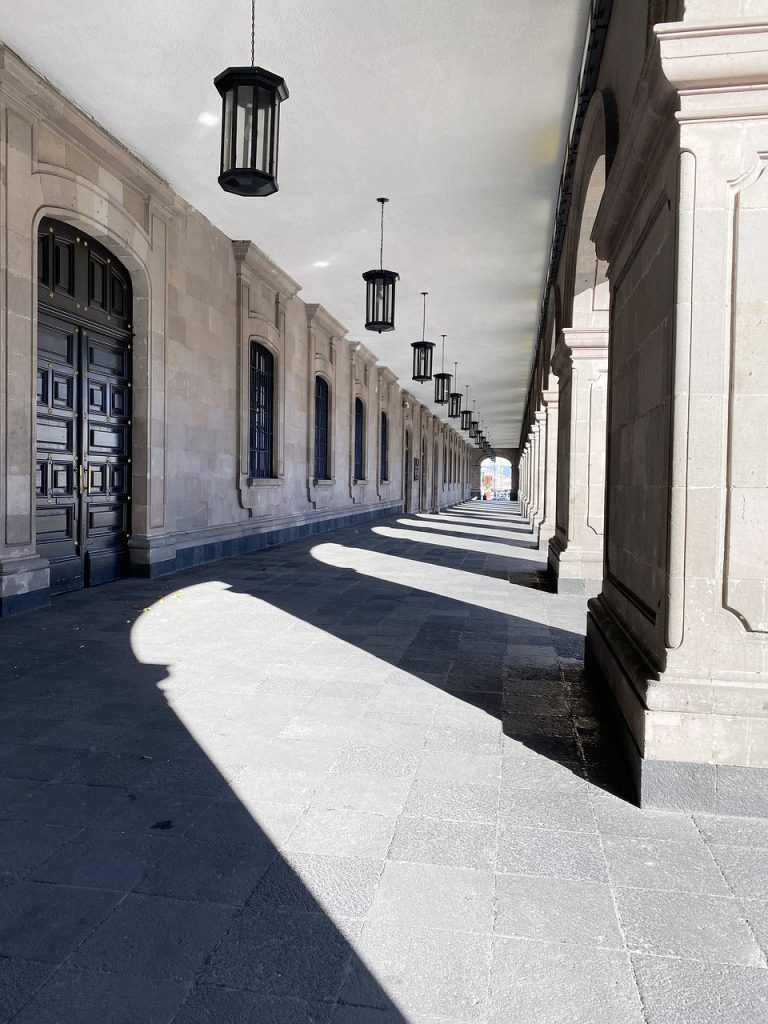Mexico City Mexico Video
Public Transportation in Mexico City Mexico: A Complete Guide
Mexico City, the capital of Mexico, is a bustling metropolis known for its rich history, vibrant culture, and extensive public transportation system. Navigating the city can be overwhelming for visitors, but with this complete guide to public transportation in Mexico City, you’ll be able to explore the city with ease.
1. Metro
The Metro is one of the most popular and efficient modes of transportation in Mexico City. With 12 lines and over 195 stations, it covers a large part of the city and connects to various neighborhoods and attractions. The Metro is known for its affordability, speed, and reliability, making it a preferred choice for both locals and tourists.
- Keyword 1: Affordable fares
- Keyword 2: Extensive network
- Keyword 3: Rush hour congestion
The Metro offers affordable fares, making it an economical option for getting around the city. The fares are distance-based, so the longer your journey, the higher the fare.
The Metro’s extensive network covers major areas of Mexico City, allowing you to easily reach popular tourist sites and neighborhoods.
During peak hours, the Metro can get crowded, so it’s advisable to avoid traveling during rush hour if possible.
Mexico City Mexico Image 1: 
2. Metrobus
The Metrobus is a bus rapid transit system that operates on dedicated lanes, providing a faster and more efficient mode of transportation. It has several routes that cover different parts of the city, including major avenues and tourist areas. The Metrobus offers a convenient way to travel around Mexico City, especially for longer distances.
- Keyword 1: Prepaid smart cards
- Keyword 2: Accessibility
- Keyword 3: Dedicated lanes
To ride the Metrobus, you need to purchase a prepaid smart card called “tarjeta Ciudad de México.” This card can be easily recharged and used for multiple trips.
The Metrobus is designed to be accessible for people with disabilities, with ramps for wheelchair users and designated spaces for priority seating.
The Metrobus operates on dedicated lanes, reducing travel time and avoiding traffic congestion.
Mexico City Mexico Image 2: 
3. Taxis
Taxis are a common mode of transportation in Mexico City, offering convenience and door-to-door service. There are both traditional taxis and app-based ridesharing services available. It’s important to use authorized taxis and agree on the fare before starting your journey to ensure a safe and fair experience.
- Keyword 1: Authorized taxis
- Keyword 2: App-based ridesharing
- Keyword 3: Fare negotiation
Look for authorized taxis with official logos and license plates. These taxis are regulated and provide a safer option for travelers.
Services like Uber and Didi are popular in Mexico City, offering a convenient and reliable alternative to traditional taxis.
For traditional taxis, it’s important to negotiate the fare before starting your journey to avoid any surprises.
4. Ecobici
Ecobici is a bike-sharing program in Mexico City that allows residents and visitors to rent bicycles for short trips. With over 480 stations and 6,000 bikes available, Ecobici provides a sustainable and healthy way to explore the city.
- Keyword 1: Bike lanes
- Keyword 2: Rental process
- Keyword 3: Cycling safety
Mexico City has an extensive network of bike lanes, making it safe and convenient to ride around the city.
To use Ecobici, you need to register online and purchase a temporary or long-term membership. Bikes can be rented and returned at any station.
It’s important to follow traffic rules and wear a helmet when using Ecobici to ensure a safe cycling experience.
Mexico City Mexico Image 3: 
5. Suburban Trains
Mexico City has suburban train lines that connect the city center with nearby suburbs and towns. These trains provide a convenient way to explore areas outside the city and visit popular attractions in the surrounding regions.
- Keyword 1: Interconnected lines
- Keyword 2: Ticket options
- Keyword 3: Weekend excursions
The suburban train lines are interconnected, allowing you to easily transfer between different routes and explore multiple destinations.
There are various ticket options available, including single journey tickets and multi-trip cards, offering flexibility for different travel needs.
The suburban trains are popular for weekend excursions, offering opportunities to explore nearby towns and enjoy the natural beauty of the surrounding areas.
6. BRT Systems
Mexico City has implemented Bus Rapid Transit (BRT) systems, such as the Mexibús and Tren Ligero, to provide efficient and comfortable transportation options. These systems operate on dedicated lanes and offer a high-capacity mode of transportation.
- Keyword 1: Speed and efficiency
- Keyword 2: Integration with other modes
- Keyword 3: Accessibility features
The BRT systems are designed to provide fast and efficient transportation, with limited stops and dedicated lanes to avoid traffic congestion.
The BRT systems are integrated with other modes of transportation, such as the Metro and suburban trains, allowing for seamless transfers between different modes.
The BRT systems are equipped with accessibility features, including ramps and priority seating, to cater to passengers with disabilities.
7. Public Buses
Public buses are another mode of transportation in Mexico City, offering a network that covers areas not served by the Metro or other transit systems. These buses can be identified by their distinct green color and route numbers.
- Keyword 1: Route information
- Keyword 2: Fare payment
- Keyword 3: Traffic conditions
Public buses display their route numbers and destinations on the front, making it easier to identify the bus you need to take.
Fares for public buses are usually paid in cash upon boarding. It’s recommended to carry small change for convenience.
Public buses are subject to traffic conditions, so it’s important to consider potential delays when planning your journey.
8. Cable Cars
Mexico City has implemented cable car systems, such as the Mexicable and Teleférico de Ecatepec, to provide transportation in hilly areas. These cable cars offer scenic views and a unique way to travel across different parts of the city.
- Keyword 1: Panoramic views
- Keyword 2: Accessibility
- Keyword 3: Integration with other modes
Cable cars provide panoramic views of the city and surrounding areas, offering a memorable transportation experience.
The cable car systems are designed to be accessible, with designated spaces for passengers with disabilities.
The cable car systems are integrated with other modes of transportation, allowing for easy transfers and connections.
9. Ferries
Mexico City is not known for its waterways, but there are ferry services available for transportation across certain lakes and canals. These ferries provide a unique way to explore the city and enjoy its natural beauty.
- Keyword 1: Lake transportation
- Keyword 2: Cultural experiences
- Keyword 3: Scenic routes
Ferry services operate on certain lakes, such as Xochimilco, providing transportation and leisure options for visitors.
Ferry rides in Xochimilco offer cultural experiences, with traditional trajineras (decorated boats) and floating gardens.
Ferries provide scenic routes, allowing passengers to appreciate the natural beauty of Mexico City’s waterways.
10. Walking and Cycling
Mexico City is a pedestrian-friendly city, with many areas suitable for walking and cycling. Exploring the city on foot or by bike allows you to immerse yourself in the local atmosphere and discover hidden gems.
- Keyword 1: Pedestrian-friendly areas
- Keyword 2: Bike-friendly infrastructure
- Keyword 3: Safety precautions
Areas like the historic center and certain neighborhoods are pedestrian-friendly, with pedestrian-only streets and plazas.
Mexico City has implemented bike-friendly infrastructure, including bike lanes and bike-sharing programs, making cycling a convenient option.
When walking or cycling, it’s important to follow traffic rules, use designated paths, and be aware of your surroundings for a safe experience.
Conclusion
With its extensive public transportation system, Mexico City offers various options for getting around the city. Whether you prefer the speed and efficiency of the Metro, the convenience of taxis and rideshares, or the eco-friendly approach of biking and walking, there’s a mode of transportation to suit your needs. By familiarizing yourself with the different options and planning your journeys accordingly, you can navigate Mexico City with ease and make the most of your visit.
References
– Metro Official Website: metro.cdmx.gob.mx
– Metrobus Official Website: metrobus.cdmx.gob.mx
– Ecobici Official Website: ecobici.cdmx.gob.mx
– Mexico City Government Official Website: cdmx.gob.mx
– Mexibús Official Website: mexibus.cdmx.gob.mx
– Tren Ligero Official Website: trenligero.cdmx.gob.mx
– Xochimilco Official Website: xochimilco.cdmx.gob.mx







